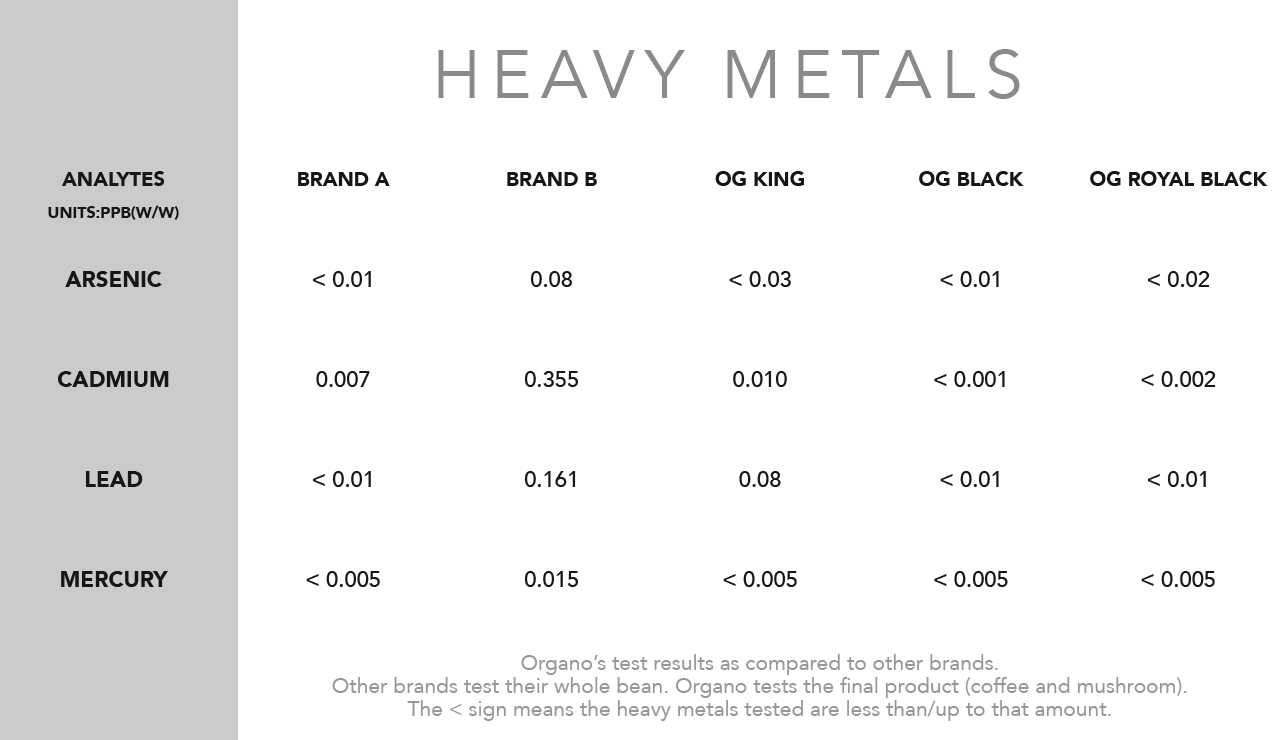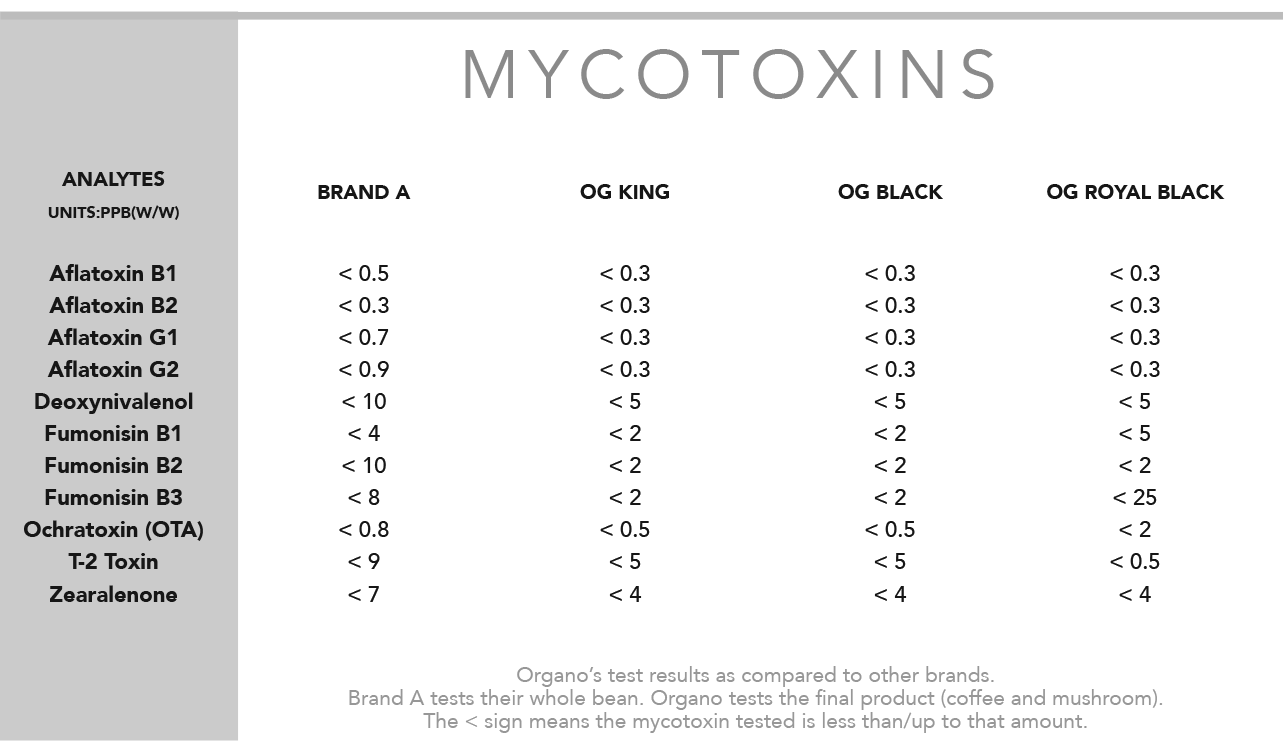Safe Levels
When it comes to the safety of the products you consume, it’s essential to consider the presence of contaminants such as heavy metals, mycotoxins, mold, yeast, and pesticides. These elements, while naturally occurring to some extent, can pose health risks if found in excessive amounts in our food. Here’s a breakdown of what they are, why they’re tested, and how we regulate their levels.
What Are They?
Heavy Metals
These are naturally occurring elements with high atomic weights and densities. While some, like copper and zinc, are necessary for human health in small amounts, others, such as arsenic, cadmium, lead, and mercury, can be toxic.
Mycotoxins
These are toxic compounds produced by certain fungi that can contaminate food products. Exposure to mycotoxins can lead to acute or chronic health issues, including cardiovascular diseases, neurological disorders, and cancer. Common sources of mycotoxins include grains, peanuts, and coffee.
Mold and Yeast
These are types of fungi that can grow on food, leading to spoilage and potentially harmful mycotoxin production. While some strains are harmless, others can produce toxins that pose health risks.
Pesticides
These are chemicals used in agriculture to control pests such as insects, fungi, and weeds. However, residues from these chemicals can remain on food products, posing health risks to consumers. Even organic products can contain pesticide residues from environmental exposure.
Permissible Levels and Regulations
To ensure the safety of food products, regulatory agencies establish permissible levels of contaminants. These levels are set to minimize health risks and protect consumers.
Heavy Metals
Arsenic: While arsenic is naturally present in the earth’s crust, excessive levels can be harmful. Regulatory standards typically set the permissible level of arsenic in food products at less than 1 part per million (PPM).
Cadmium: Cadmium, commonly found in batteries and industrial processes, must be kept below 0.1 parts per million (PPM) in food products to ensure consumer safety.
Lead: To prevent lead poisoning and its adverse health effects, the permissible level of lead in food products is typically set at less than 1 part per million (PPM).
Mercury: Given its toxicity, mercury levels in food products must be extremely low, often regulated to be less than 0.05 parts per million (PPM).
Mycotoxins
Aflatoxins: Aflatoxins, produced by molds, must be kept below 4 parts per billion (PPB) to mitigate the risk of liver damage and other health issues.
Ochratoxin A: This mycotoxin, found in various foods, should be limited to less than 2 parts per billion (PPB).
Fumonisin: To prevent adverse health effects, fumonisin levels in food products are regulated to be less than 100 parts per billion (PPB).
HT-2 and T-2 Toxins: must be maintained below 30 parts per billion (PPB) and 5 parts per billion (PPB), respectively.
Vomitoxin (Deoxynivalenol): To prevent gastrointestinal issues and other health problems, vomitoxin levels should be less than 50 parts per billion (PPB).
Zearalenone: This mycotoxin, associated with hormonal imbalances, should be limited to less than 30 parts per billion (PPB) in food products.
Mold and Yeast
The presence of yeast and molds should be limited to less than 1,000 colony-forming units per gram (CFU/G) to prevent spoilage and contamination.
Pesticides
Pesticide residues in food products must comply with strict regulatory standards, often specified by organizations like the United States Pharmacopeia (USP) and organic regulations. These standards ensure that products are free from pesticide residues and safe for consumption.
Why Third-Party Testing?
Third-party testing is essential to verify that food products meet regulatory standards and are safe for consumption. By outsourcing testing to independent laboratories, companies ensure impartial and accurate results. Third-party testing adds an extra layer of accountability and transparency, giving consumers confidence in the safety and quality of the products they purchase.
Here’s a comparative table that shows the latest test results of selected OG products.
The OG Guarantee
At ORGANO, we are committed to ensuring the safety and quality of our products. Through rigorous testing protocols, we meticulously assess the levels of heavy metals, mycotoxins, molds, yeast, and pesticides in our formulations. By adhering to stringent standards and regulations, we guarantee that our products are safe for consumption, providing peace of mind to consumers.


